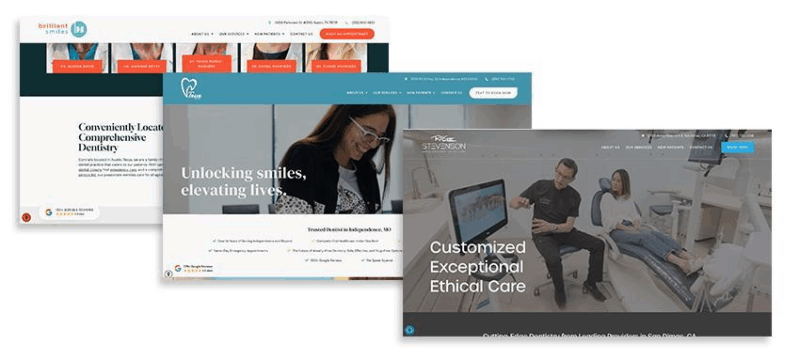
Introduction
The rise of data-driven decision-making has made data science one of the most sought-after career paths in recent years. Many aspiring data professionals wonder if a short time frame, like six months, is enough to gain the skills and knowledge needed to break into this exciting field. With the growing popularity of data science BootCamp, which promise intensive learning experiences, the question becomes even more relevant.
In this article, we’ll explore whether six months is truly sufficient to become a data scientist, what steps you can take to accelerate your learning, and how bootcamps can play a pivotal role in your journey.
What Does It Take to Be a Data Scientist?
Before diving into timelines, it’s important to understand what being a data scientist entails. Data scientists are professionals who extract insights from complex datasets using a combination of programming, statistics, and domain expertise. Their work often involves tasks like:
- Data cleaning and preprocessing
- Building predictive models
- Conducting statistical analysis
- Creating data visualizations
- Communicating insights to stakeholders
To excel in these areas, a data scientist needs proficiency in tools like Python, R, SQL, and machine learning frameworks, alongside strong problem-solving skills and domain knowledge.
Is Six Months Enough?
The short answer is: it depends. The feasibility of becoming a data scientist in six months largely depends on factors like your prior experience, the quality of your learning program, and the amount of time you can dedicate daily to study and practice.
Let’s break it down:
1. Your Background Matters
- Beginners: If you’re starting from scratch, six months is a tight timeline. You’ll need to learn everything from basic programming to advanced machine learning concepts, which can be overwhelming.
- Related Experience: If you already have a background in fields like software development, mathematics, or statistics, you’ll likely find it easier to grasp data science concepts within six months.
2. The Right Learning Path
Enrolling in a data science bootcamp can be a game-changer. These programs are designed to condense months (or even years) of learning into a structured, hands-on curriculum. A high-quality bootcamp can help you focus on the most important skills and tools, cutting out unnecessary fluff.
3. Commitment and Consistency
Learning data science in six months will require a significant time investment—think of it as a full-time job. If you can dedicate 40+ hours a week to learning, practicing, and building projects, you’ll have a better chance of achieving your goal.
How Data Science Bootcamps Can Help
Data science bootcamps have gained popularity for their immersive, fast-paced approach to education.

Here’s why they can be an effective way to learn data science within six months:
1. Structured Curriculum
Bootcamps offer a clear roadmap, guiding you through essential topics like programming, data analysis, and machine learning in a logical sequence. This prevents the confusion that often arises when learning from scattered online resources.
2. Hands-On Projects
One of the key features of bootcamps is their focus on real-world applications. You’ll work on projects that mimic actual data science tasks, such as building recommendation systems or analyzing customer data. These projects not only help solidify your knowledge but also become valuable additions to your portfolio.
3. Mentorship and Support
Bootcamps often provide access to mentors who are experienced data scientists. Having someone to guide you, answer questions, and review your work can significantly accelerate your learning process.
4. Job Placement Assistance
Many bootcamps offer career support, including resume reviews, interview preparation, and networking opportunities with hiring partners. This can be a major advantage when transitioning into the job market.
A Six-Month Learning Plan
If you’re determined to become a data scientist in six months, here’s a suggested roadmap to follow:
Month 1: Learn the Basics
- Master Python or R for data manipulation and analysis.
- Understand foundational statistics and probability.
- Get familiar with tools like Jupyter Notebooks and Excel.
Month 2: Dive into Data Analysis
- Learn how to work with data using libraries like Pandas and NumPy.
- Practice data visualization with Matplotlib and Seaborn.
- Explore SQL for querying databases.
Month 3: Explore Machine Learning
- Study supervised and unsupervised learning algorithms.
- Work with machine learning libraries like Scikit-learn.
- Start building simple predictive models.
Month 4: Work on Projects
- Apply your knowledge to real-world datasets.
- Create a portfolio with at least two substantial projects (e.g., a sentiment analysis model or a sales prediction system).
Month 5: Advance Your Skills
- Learn about deep learning and neural networks using frameworks like TensorFlow or PyTorch.
- Explore advanced topics such as natural language processing (NLP) or time series analysis.
Month 6: Prepare for the Job Market
- Refine your resume and LinkedIn profile.
- Practice technical and behavioral interview questions.
- Start networking with professionals in the data science community.
Challenges and How to Overcome Them
Learning data science in six months is no easy feat.

Here are some common challenges and tips for overcoming them:
1. Overwhelming Amount of Material
Focus on mastering the fundamentals rather than trying to learn everything at once. Bootcamps can help by prioritizing the most relevant skills.
2. Lack of Motivation
Set clear goals and track your progress. Joining a study group or participating in online forums can also help you stay motivated.
3. Difficulty Applying Skills
Practice is key. Work on as many real-world projects as possible and seek feedback from mentors or peers.
Are Bootcamps Worth It?
Investing in a data science bootcamp can be a wise decision if you’re serious about becoming a data scientist in six months. However, it’s important to choose a reputable program with a proven track record of success. Look for bootcamps that:
- Have experienced instructors and mentors.
- Offer a strong focus on practical, project-based learning.
- Provide job placement support and networking opportunities.
While bootcamps can be expensive, many programs offer financing options or income share agreements, making them accessible to a wider range of learners.
Conclusion
Becoming a data scientist in six months is a challenging but achievable goal, especially if you have a strategic plan and access to the right resources. Whether you choose to self-study or enroll in a data science bootcamp, your success will ultimately depend on your dedication, consistency, and ability to apply what you learn.
Remember, the journey to becoming a data scientist doesn’t end after six months. Continuous learning and adapting to new technologies are essential in this ever-evolving field. With the right mindset and resources, you’ll be well on your way to launching a rewarding career in data science.


